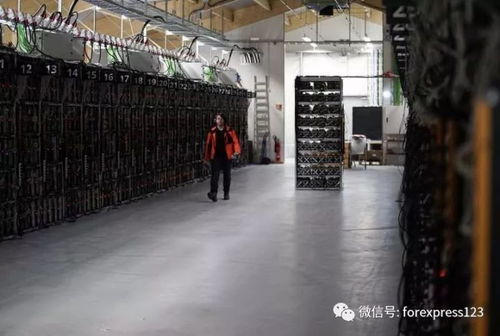The world of cryptocurrency has evolved dramatically over the past few years, giving rise to a myriad of opportunities for investors, tech enthusiasts, and entrepreneurs alike. At the heart of this revolution lies mining—an essential process that validates transactions and secures the blockchain network. However, with the surge in popularity, the mining industry has faced numerous challenges, particularly regarding sustainability and electricity costs. Embracing green energy solutions is not merely an option; it’s becoming a necessity for profitability and environmental responsibility.
Bitcoin, Ethereum, Dogecoin, and many other cryptocurrencies thrive on complex algorithms that require immense computational power. This is where mining machines come into play. The energy-intensive nature of mining operations often translates to skyrocketing electricity bills, not to mention a substantial carbon footprint. In response to growing environmental concerns, more miners are turning to renewable energy sources to power their operations. Solar, wind, and hydroelectric power not only promise to stabilize costs but also minimize the adverse environmental impact traditionally associated with mining.

Utilizing green energy significantly enhances the sustainability of mining farms. For instance, a mining facility powered by solar panels can leverage the sun’s energy to maintain operations, drastically reducing reliance on non-renewable energy sources. Similarly, hydroelectric power provides a consistent and reliable energy supply, crucial for the uninterrupted operations of a mining rig. These green energy initiatives often lead to lower operational costs, which can translate into a direct increase in profit margins.
Moreover, hosting mining machines in eco-friendly environments presents a two-fold advantage. First, miners can capitalize on lower electricity costs associated with renewable energy sources. Second, they contribute positively to the narrative surrounding cryptocurrencies. As the industry grapples with its image—especially concerning energy consumption—showcasing a commitment to sustainability becomes invaluable. Mining machine hosting providers can position themselves as leaders in green mining, catering to an increasingly eco-conscious clientele.

Interestingly, the wider adoption of sustainable mining practices could lead to regulatory changes favorable to green initiatives. Governments around the world are beginning to recognize the potential of economic growth in the cryptocurrency sector, alongside the urgent need for environmental protection. By creating incentives for mining operations that utilize renewable energy, regulators could foster a landscape of innovative practices and groundbreaking technologies, all while pushing the industry towards greater sustainability.
On a more technical note, the evolution of mining machinery has shown promising advancements in energy efficiency. Modern mining rigs are designed to operate at higher performance levels while consuming less power than their predecessors. Technologies such as Application-Specific Integrated Circuits (ASICs) have become increasingly prevalent, allowing for specialized processing that speeds up mining operations without excessively draining electricity. This shift towards advanced machinery plays a pivotal role in reducing energy costs and enhancing the economic viability of mining ventures.
In conclusion, the marriage of sustainability and cryptocurrency mining is not just an idealistic dream; it’s an emerging reality. With pressure mounting from both public opinion and regulatory bodies, the shift towards renewable energy sources is taking center stage, and companies that adopt these practices stand to gain significantly. As miners invest in green technologies and fewer emissions, the long-term viability and growth of cryptocurrencies will likely flourish.

Leave a Reply to Ebony Cancel reply